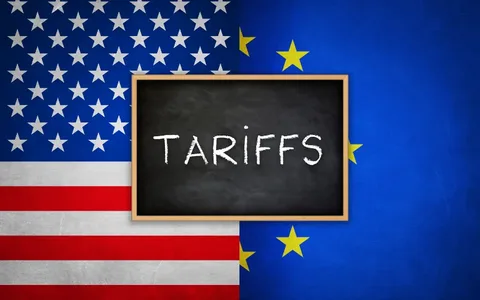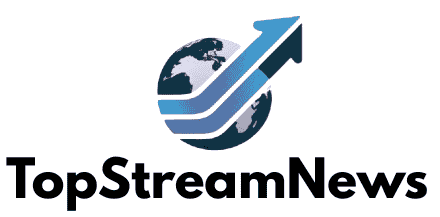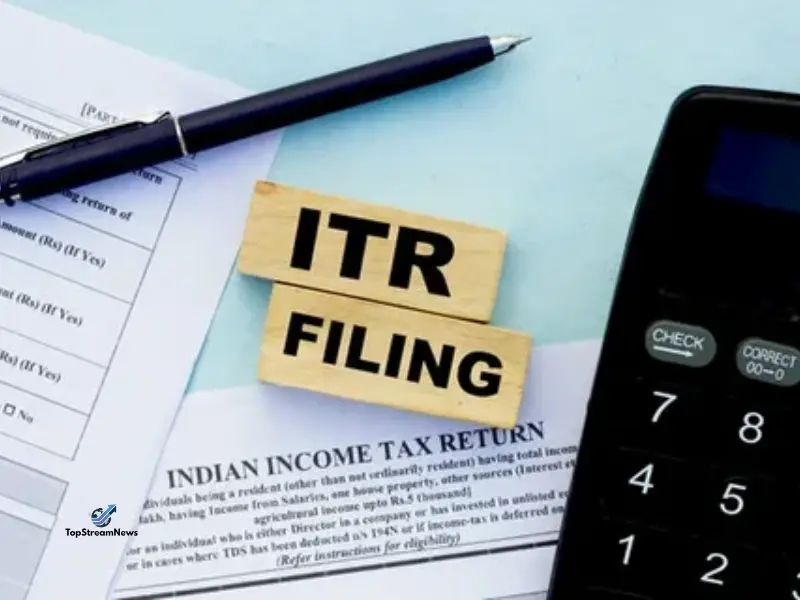Filing government reports may not be the most exciting part of running an energy company. But if you work in Maharashtra’s power sector there one report you must file every year. Its called the Long-Term Forecast Submission or LTFS. This report is very important. Its a legal requirement. But more than that it helps your company plan better for the future and stay compliant with state energy rules.
What is the Long-Term Forecast Submission
The Long-Term Forecast Submission is a rule set by the Maharashtra Electricity Regulatory Commission (MERC). It requires licensed power companies—like generators transmission providers and distributors—to send a report every year.
This report must show a 10-year forecast of how much electricity they will need and supply.
It helps the government plan better set fair electricity prices and build stronger power systems for the future.
Why Does This Filing Matter
This report isn’t just about following rules. It plays an important role in shaping how electricity is managed across the state. The forecasts help the government decide how much electricity to buy where to invest in grid infrastructure how to set fair electricity prices and how to include more renewable energy sources like solar and wind. This process also improves transparency in energy planning and helps prevent future problems like power shortages or having more electricity than needed.
Who Must Submit Forecasts
Companies that need to take part include electricity distributors power generation companies and transmission providers that are licensed to operate in Maharashtra. Each of these companies must share their own estimates for future electricity demand supply plans types of energy used and cost trends. These estimates should be based on the areas they serve and the types of customers they have.
Updated Guidelines for 2025
In 2025 new rules were introduced to support the states move toward clean energy and digital systems. Now companies must include forecasts that show the impact of electric vehicles rooftop solar panels and energy-saving efforts. They also need to use smart tools and past data to build different future scenarios. On top of that companies must break down their forecasts based on customer types—like homes businesses and farms.
Submission Format and Filing Process
To submit the report companies must upload a specific Excel or XML file on the official MERC LTFS portal. This file includes yearly data tables that show electricity usage trends load growth power generation capacity and the types of fuel used. Companies also need to attach other documents like notes explaining their assumptions how they calculated the data and any system limits. All reports must be submitted within the official time period which usually happens in the first quarter of the financial year.
Key Dates and Public Notices
Every year the commission releases an official public notice to announce when the filing period begins. This notice includes the due dates the latest report format and any important policy changes for that year. If a company misses the deadline it may receive a warning or face delays in getting other approvals such as tariff orders.
Whats New in the Tariff Order 2025

This year the tariff order depends more on the long-term forecasts provided by companies. The commission looks at past trends and clean energy goals to decide how much new power capacity is needed and how to balance electricity prices between different types of users. Companies that send clear accurate and well-supported reports are more likely to get faster and easier approval for their tariffs.
Challenges and How to Overcome Them
Many companies find it hard to make long-term forecasts because technology keeps changing and future growth is hard to predict. A sudden rise in rooftop solar panels or electric vehicle use can make old forecasting methods unreliable. Some companies also face problems because their departments—like finance operations and planning—dont work closely together. This leads to confusing or mismatched predictions. The best solution is to use one shared forecasting tool and check all assumptions using trusted third-party research.
Compliance Tips for Energy Companies
Being accurate is very important when submitting the LTFS report. Don’t just reuse last years numbers. Instead create a fresh forecast using real data population trends and climate-based models. Also explain why you made each assumption. This helps the commission understand your report better and trust your predictions.
Where to Access the Official Format
The official forecast format can be downloaded from the MERC LTFS website under the Submissions or Filings tab. Always ensure you’re working with the current years version. Outdated formats or missing sections often lead to rejection or additional queries from the review board.
Online Submission Portal
The digital portal designed for forecast filing is relatively straightforward. You’ll log in using your licensed credentials upload your formatted report and receive a submission receipt. Some years MERC LTFS also allows pre-validation of data through auto-check features minimizing the risk of clerical errors.
Forecasting for Renewable Energy and EVs
As more people start using renewable energy your LTFS report must now include accurate forecasts for solar power wind energy and new sources like green hydrogen. Also since electric vehicle use is growing energy demand is rising during night-time and other off-peak hours. This change needs to be included when planning your energy usage patterns.
The Role of Technology in Better Forecasting
Artificial intelligence (AI) and machine learning are making long-term forecasting much more accurate. These smart tools study large amounts of data adjust for seasonal changes and even consider new government rules. Modern companies are now using these technologies to improve the way they prepare and submit their reports.
Real-World Case Example
Tata Power recently improved its forecasting system by using satellite-based weather data. This helped the company better predict changes in electricity demand during different seasons. The improved accuracy not only helped meet regulatory rules but also gave the company useful insights for future growth and planning.
Conclusion
Understanding and completing the Long-Term Forecast Submission isn’t just about meeting a deadline. Its about planning your company future in Maharashtra fast-changing power sector. The more accurate and reliable your data is the better your results will be—whether its getting tariff approvals or making smart investment decisions. With the new 2025 rules better submission tools and the push for clean energy now is the perfect time to strengthen your forecasting approach.
FAQs (Easy to Understand)
- How often is the LTFS forecast submitted
You need to submit the LTFS report once a year usually during the first quarter as announced in the official MERC LTFS public notice. - Do renewable energy companies also need to submit LTFS
Yes even companies that focus only on renewable energy must submit the forecast—as long as they are licensed to operate in Maharashtra. - Can I update my submission after the deadline
You can only make changes if MERC asks for clarification. Voluntary updates after the deadline are rarely allowed. - What happens if I dont submit the report
Missing the submission can lead to show-cause notices and may delay approvals for things like tariffs or licenses. - Is the LTFS format available in Hindi
Right now the official documents are in English. However summary guides in Hindi may be available to help stakeholders understand the process.



